The Float Fishing Setups, Methods, And Tips You Need To Know
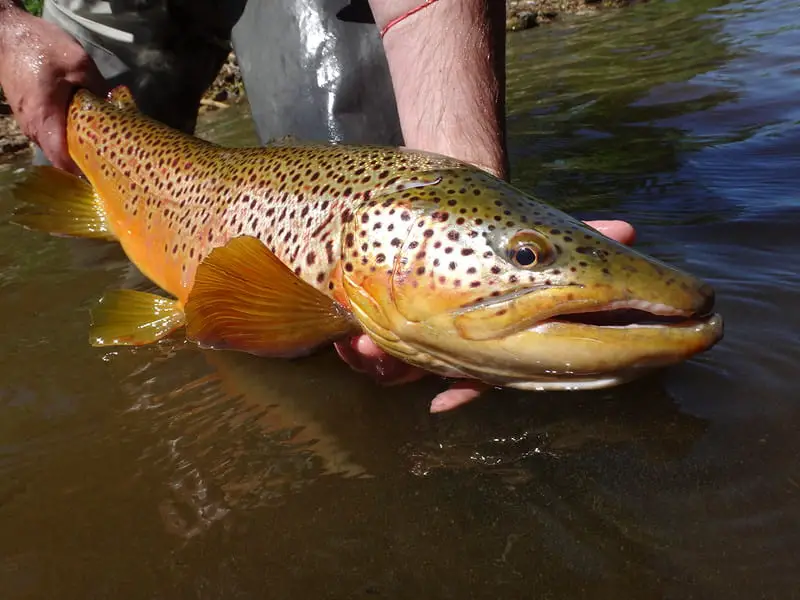
Fishing with a float is one of the best methods for catching trout, steelhead, and salmon in rivers with depths of 3 feet to 15 feet.
Float fishing means presenting your bait below a bobber, which is known as a float. Presentation and setup are the keys to success.
Through my guide service, I have taught thousands of anglers how to float fish. These are the five Fundamentals great anglers use to float fish:
- Proper Setup And Gear
- Depth Control
- Speed Control
- Covering The Water
- The Bait
- Putting it all together
Float Fishing Effectively
Many anglers think all there is to float fishing is casting your float out, watching it drift down the river, and hoping and waiting for a bite. That is wrong!! The guys who do this catch one fish, while others like me catch ten.
If you don’t understand and use the key fundamentals of float fishing, you will have difficulty catching many fish. Using these fundamentals has enabled me to net over 300 steelhead in a month for my clients.
1. Float Fishing Setup And Gear: Everything You Need?
The first fundamental is your gear and setup. If you use the right gear, you will do a lot better. This is everything you need:
- A good suitable rod and reel.
- A good mainline suitable for fishing with a float.
- A proper float for rivers.
- The proper leader setup includes the proper leader material, weights, swivels, and hooks.
- The right baits.
- Pliers, and a wading net.
- Wading gear such as waders, vests, packs, and jackets can really improve your game.
- And the knowledge of how to put all of this stuff to good use.
I will discuss all the gear in more detail below, and I will show you the leader setups that I and other guides use.
Guide Tip: A reader just asked a good question regarding clear water fishing and spooked fish: Question – “I just went fishing recently and noticed that whenever my float approaches the salmon they always move out the way, any idea to fix this?” See my 8 tips in the comment section below or check out.
Some of the 8 tips are also guidelines that I use all the time to ensure my clients catch the most fish possible, not just when the fish are spooked.
2. Depth Control: Getting Your Bait Into The Strike Zone Is Key
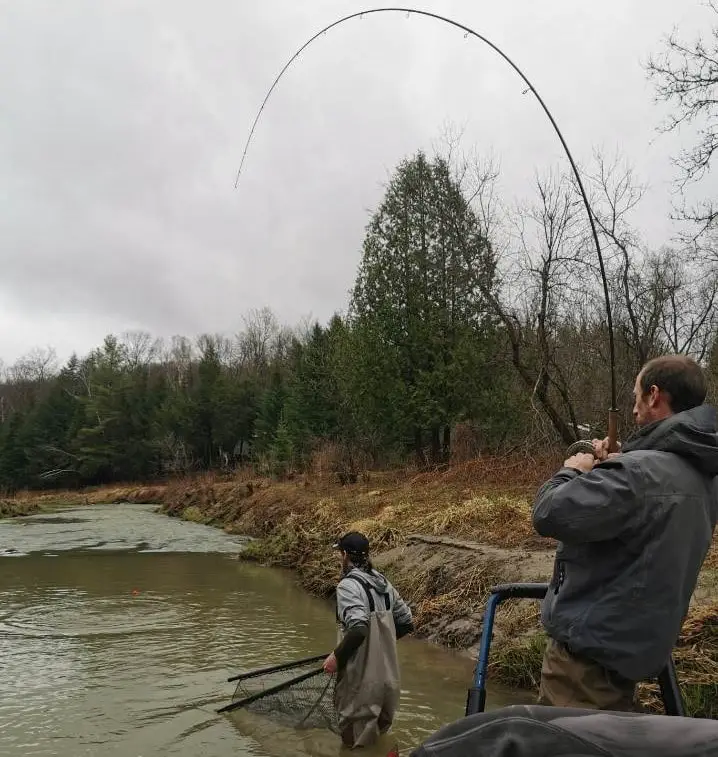
The second fundamental is to get your bait down into the strike zone fast and keep it there. In order to do this, you need to know where the bottom is even when you can’t see it.
To float fish well, you need to know how and when to adjust your float to get your bait into the strike zone, which is usually a foot or two off the bottom of the river. You need to know how to find the bottom with your bait when you can’t see the bottom with your eyes!
There are methods to help you do this with nothing more than the right float, some weights, and your bait.
You can see how I do this in detail on my page How To Know How Deep To Set Your Float – 2 Easy Ways.
3. Control Your Speed For 10 Times More Fish
The number 1 fundamental and the most critical thing that all float anglers should know and master is how to control the speed of your bait so it drifts naturally and looks natural to the fish.
I explain to all my students that the current near the bottom is usually slower than the current near the surface. In fact, the bottom current could be 90% slower than on the surface.
To slow your bait down, we use a method known as “trotting” or “checking the float.”
Speed is the primary reason why I can guide two anglers at the same time, both using the exact same bait, but one guy will catch ten fish while the other guy catches none. It’s a simple matter of one guy controlling his speed and working his float better than the other. I see it ALL the time.
To explain everything in detail will take an entire page, which is why I recommend going to my page, Controlling Your Speed For More Fish.
4. Covering The Water Effectively For More Fish
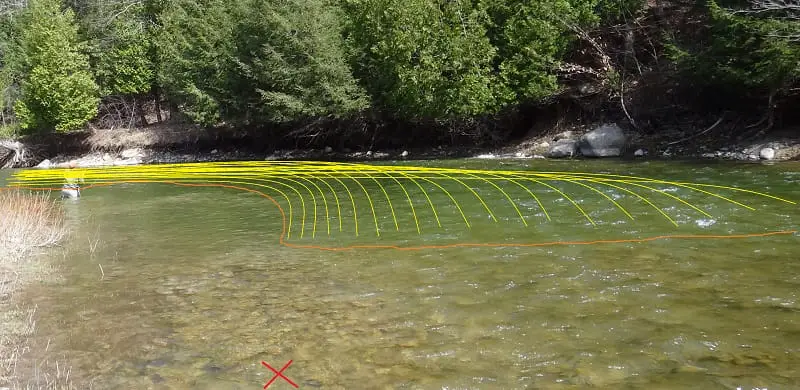
Covering the water effectively and not missing any productive water is the number 4 fundamental on my list.
Many anglers fall into a rut and keep fishing the same lines over and over, often unsuccessfully.
There are methods for covering the water like an expert would, and being in the right position will help you catch more fish.
I go into full details on how to cover the water well and properly on my page Effectively Covering The Water.
5. The Best Baits For Float Fishing Trout
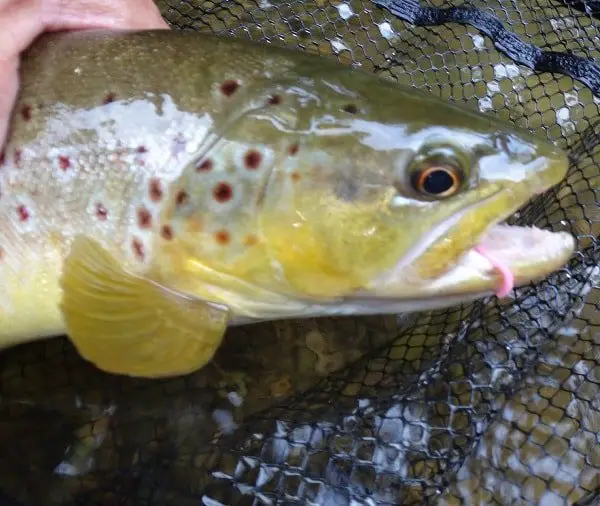
The 5th and final fundamental is to use the right bait, and also to know when certain baits will work best, as well as how to cycle through the baits to find the most effective bait.
There are many baits that can be used for fishing with a float.
The most common baits are live worms, plastic worms, real and imitation eggs, flies, maggots, imitation bas, and even stuff you might find in your pantry, like corn or marshmallows.
Some of these baits are great, and some you should probably not use.
The best baits to use under a float are:
- Worms – Plastic worms and live worms
- Spawn – Spawn sacs are a good choice
- Beads – Beads are a great imitation of a single salmon egg
- Imitation Eggs – There are lots of egg imitations
- Flies – You can use nymphs under a float for trout.
- Jigs – Small jigs are good under a float
How To Make Your Baits More Effective
The Right Bait: Use the right bait at the right time. Worms might work great in the spring when worms are abundant, but worms might suck in the heat of summer when the ground is bone-dry.
Rotate Baits: I carry multiple baits, multiple colors, and multiple sizes because I know that a hot bait yesterday or when the river was higher might not work at all when water is low and clear or when conditions change. If the fish are not biting one bait, I’ll start rotating through baits, colors, and sizes to figure out what they will eat, all guides do this, and they do it a lot!
Hooks Matter: Use the right hook and the right size of hook for the bait that you use. Guides and savvy anglers are very picky when it comes to the hook they use because they know that some hooks just work better. I discuss hooks below.
Leader Matters: Trout, steelhead, and salmon can be line shy, especially in slower clear water. Using the wrong type of leader or a leader that is too thick will prevent fish from taking your bait. Trust me, I’ve proven this over and over again. You should know my tips on how to choose the right size leader.
Using The Right Floats For More Trout
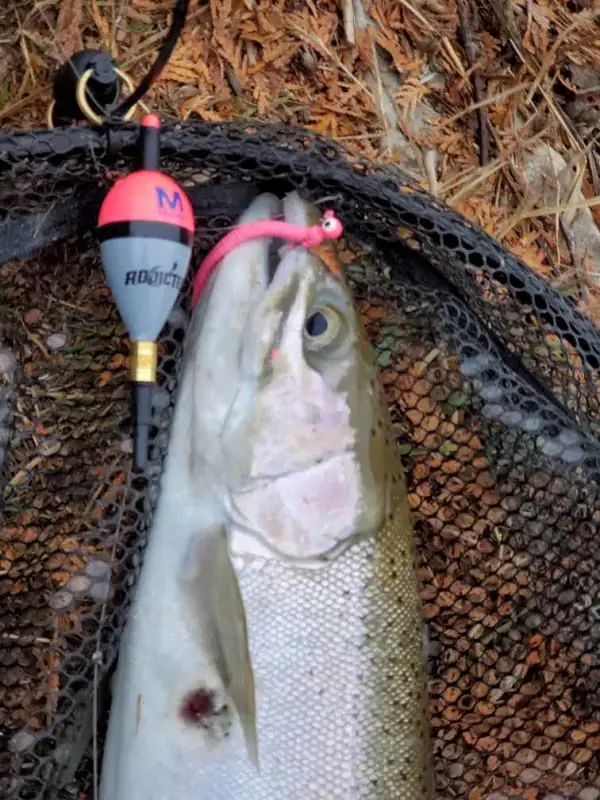
Only use floats designed for river fishing!
The best floats for river fishing are the thin profile floats with a pointed top.
Unlike round bobbers or round top floats, the thin profile river floats are sensitive and will detect strikes better. They will also help you control your speed and detect the bottom easier.
Thin floats tilt, providing the angler with a better idea of where their bait is, which is a critical concept that most anglers don’t understand.
For most rivers, I use Raven or Drennan brand floats.
For water that is 3 to 6 feet deep, I will use a 4.2-gram float, and for bigger rivers over 40 feet wide and over 6 feet deep, or for steelhead, I use the 6.2-gram or the 8-gram float. For large deep, and fast west coast rivers, the Raven FX float in 16-gram float is a good choice.
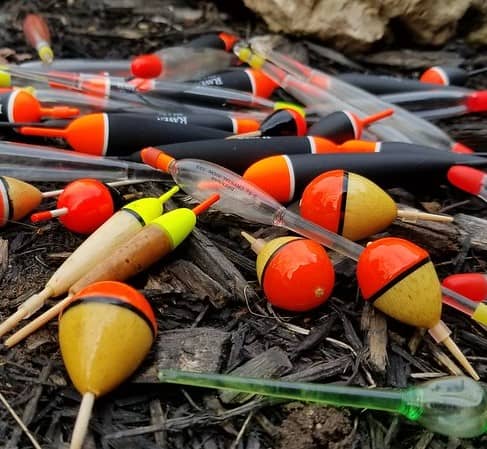
For smaller rivers, shallower rivers, and rivers that are gin clear with nervous trout, I use the Drennan Loafer Floats. These are clear floats with a small colored section on top and are about as stealthy as it gets.
Under most light conditions, the bright orange topped floats are easiest to see.
- Drennan Loafer Float: The Drennan Loafer float is a clear plastic float and is one of the best floats for trout in clear water.
- Raven FM Float: The Raven FM floats are great general-purpose floats for trout and the ones I use the most. It doesn’t need to be the FM, since different models work better in different water types.
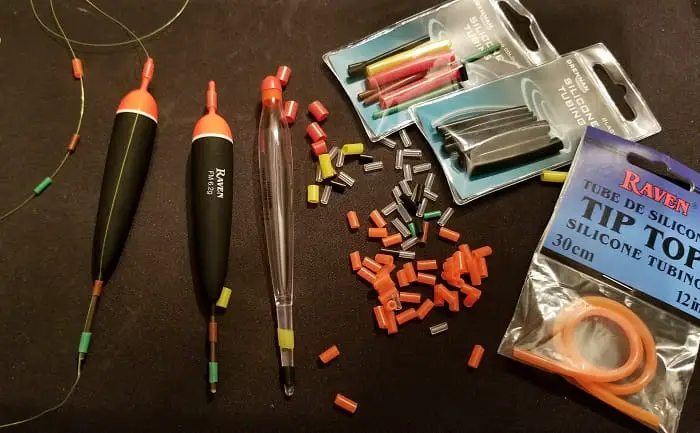
With all of these floats, you will need rubber caps, also known as float caps, to secure the float onto the line. I use the Drennan Assorted caps, which seam to fit most floats.
Check out: 5 Best Floats.
You can buy the Drennan Assorted Caps and other caps that will fit your floats at FishUSA.com.
The Right Leader
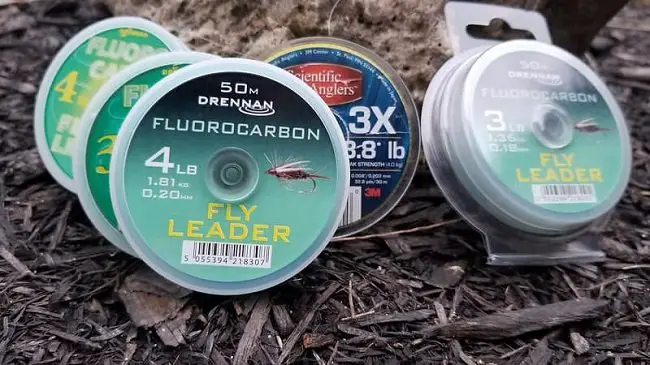
Your bait can sometimes be moving very slowly, and line-shy fish may be able to see the leader in the slow water and then avoid biting your bait.
You want to use a leader that is so light that it is not seen by the fish, but is also heavy enough that the big fish won’t keep breaking you off.
The best leader lines are high-quality fluorocarbon leaders. Fluorocarbon is less visible in the water and is more abrasion-resistant than mono, which is why I do not recommend monofilament for leader material.
I highly recommend that you choose you your leader based on the diameter, not the pound rating on the spool. The reason is twofold.
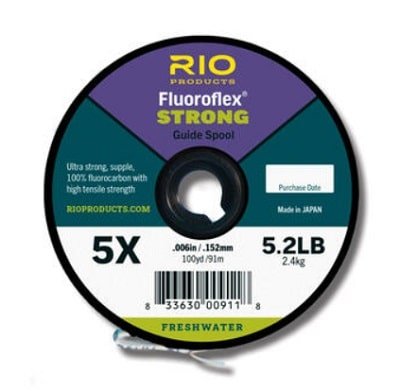
- Not all bands rate their leaders properly. One brands 4lb line is .20mm diameter, while another brands 8lb line is also .20mm diameter. Same daimater but twice as strong. One of them is lying!
- Since fish see the thickness of the line, it’s always best to buy and use a leader they can’t see.
This is what I suggest for leader diameter sizes:
- Small Trout/Clear Water – 0.0055in (0.13mm)
- Large Trout/Bigger Rivers – 0.007in (.18mm) to 0.008in (.20mm)
- Great Lakes Steelhead in Small to Medium Rivers – 0.008in (.20mm)
- Great Lakes Steelhead in Large Rivers 0.009in (.22mm) to .010in (.25mm)
- West Coast Steelhead – 0.010in (.25mm) to 0.011 in. / 0.28mm
- Great Lakes Salmon – 0.011 in. / 0.28mm
- West Coast Salmon – 0.012 in. / 0.31mm to 0.36mm
Check out:
The Float Fishing Setup
How you set up your float rig is very important. I’m talking about the leader setup below the float. I have seen many anglers do this wrong, and I’m not surprised when they tell me they haven’t caught any trout when myself, or my clients, have caught lots.
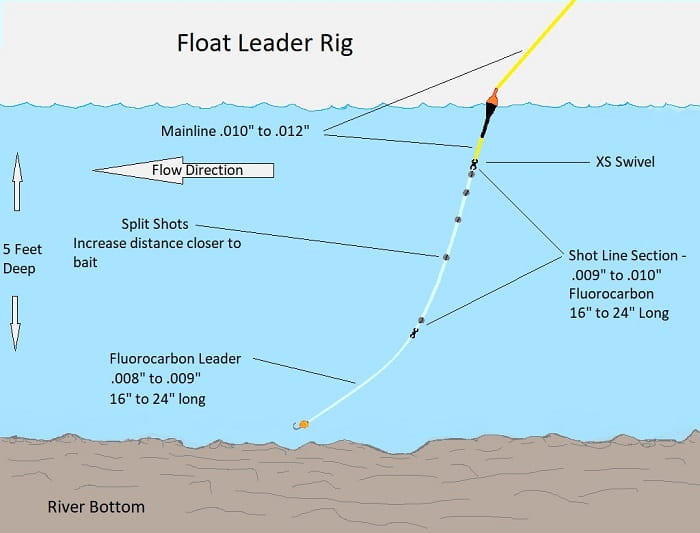
In my area, I am legally allowed to have up to 3 baits on the line at the same time, but I rarely have more than two at a time.
Some areas will only allow one or two baits at a time, so check your fishing regulations.
This rig in the above diagram is my go-to rig for steelhead, but I will use the same rig with slightly lighter line thickness for trout, see leader size recommendations above.
Shallow Water Trout Float Fishing
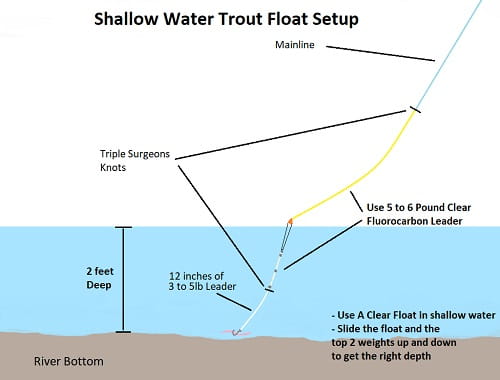
When I float fish for trout in shallow water, I use this trout float setup in the diagram.
I use two leaders of different strengths and I attach them with a Triple Surgeons knot or a Double Uni knot so the float can slide over the knot if I need to adjust the depth.
Best Weights
Why do we add weights? The simple answer is to get the bait down, but I also add my weight in a way that gives me the best angles on my leader which then provides the best presentation possible and that equals more fish.
Putting your weights on properly and using the right weights are both important. Some types of weights just don’t work very well.
And if you are going to be making your own leaders make sure you use good split shots. I use the Sure Shot premium lead split shot because I find it is soft and easier to pinch on the line, and these shots don’t damage the line if I need to slide them up or down the line.
Some states and some rivers have banned lead so when fishing in those states it’s best to use tin split shots. I use the Orvis Non-Toxic Oval Split Shot.
Mainline
The mainline on your reel should be supple and buoyant.
For smaller rivers, a four or 6-pound mainline will work for trout, but for larger rivers, a six or 8-pound line should do the job nicely.
Some lines are more supple, and some are stiffer, and that can make a big difference on how the line comes off the reel and how well it fishes.
It’s important to use a line that has been thoroughly tested when float fishing on spinning reels and on Centerpin reels.
For more information on the mainline check out my page on The Best Lines For Float Fishing.
The Hooks
You want a hook that penetrates well and holds well, not all hooks do this.
The best hook for fishing with a float will be the right size for your bait and will be strong enough not to break or bend and it will be very sharp. The right shape of hook is also very important when using baits.
My two favorite hooks are the Raven Specimen hook and the Daiichi 1150 hook. The size of the hook will depend on the bait, and if you are fishing little trout or 30 pounds salmon.
See:
- Best Hook Size For Trout: A Guides Advice On Trout Hook Size
- Best Hooks For Steelhead
- Best Hooks For Salmon
The Best Float Rods
The rod you use can make a big difference. You could use a standard six or 7-foot multipurpose rod, but a longer rod in the 10 to 13-foot range is much better.
Longer rods allow you to have a better presentation and better float control, and they act like a giant shock absorber that protects light leaders on the hook sets and when fighting big fish.
See Best Centerpin Rod/Float Rods.
Rod Type | River Type | Fish Size | Float Fishing |
6 foot - UltraLight Action | Small creeks that are 3 to 10 feet wide | Best for trout Under 14" | Small floats, small baits, little weight |
6 to 7.6 foot Light Action | Best in Small creeks and rivers from 10 to 20 feet wide | Suitable for 6" to 20" Trout | Small to medium floats, most sized baits with light weights |
7 to 9 foot light action or Med - Light Action rod | Best for larger creeks and rivers- 16 to 40 feet wide | Suitable for trout from 10" to 30" | Medium To large floats, any sized bait with a fair amount of weight |
9 to 11 foot Med-Light Action | Best all around rod - good for rivers that are 16 to 60+ feet wide | Good for trout of all sizes up to 20 pounds - Good for great lakes steelhead | Medium To large floats, any sized bait with a fair amount of weight |
11 to 14 foot - Med-Light Action | Best rod for bigger rivers of 30 to 80+ feet wide | This is a big trout rod. It's best for bigger trout and steelhead over 16" | Best rods for float fishing with floats and weights of any size. |
The Spinning Reel
Float fishing for trout can be done with a spinning reel or with a Centerpin reel.
A good spinning reel will have a smooth drag system and a bail system that will allow the line to come off the reel smoothly.
I have an entire page on the Best Spinning Reels For Float Fishing.
Float Reels, Also Known As Centerpin Reels
The Centerpin reel looks like a large fly reel. but it has no drag and a smooth bearing. which allows the line to come freely and smoothly off the reel as the current pulls the float and the float pulls the line.
The Centerpin reel allows the angler to get smooth long drifts and allows the angler to present his bait very well.
The Centerpin reel is the best reel you can use for fishing with a float.
Float Gear For Trout
There are all kinds of things that can help you catch more trout like having a pair of good waders that can help you get into spots that you could not get to from the bank. Also, stuff like a net to make sure you never miss that fish of a lifetime, or a vest or pack to help you carry all your tools.
I also use forceps and nippers every single day on the water.
Polarized glasses not only protect my eyes, but they also help me see the float better, see the current breaks, see deeper water and fish-holding spots, I see the structure better, they allow me to avoid snags, and they even help me see the fish sometimes.
You can see all the geat that I recommend on my page River Fishing Gear: Everything You Need To Succeed In 2021.
Rivers Suitable For Fishing With A Float
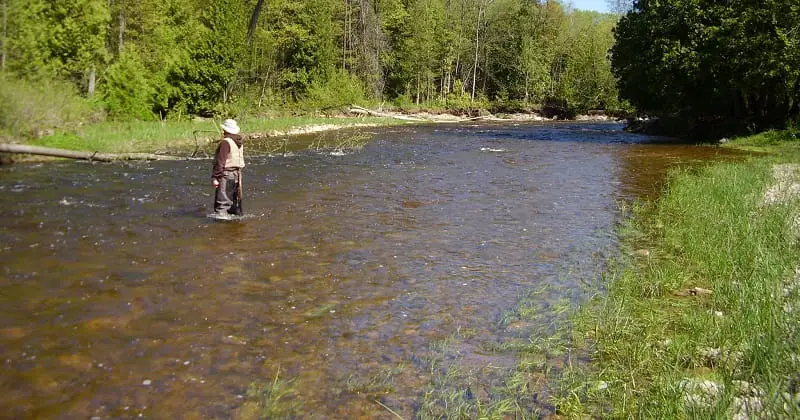
Not every river or every section of the river is suitable for fishing with a float. The best water is the bigger deeper pools, deeper runs, and riffles. Slow to medium-fast pools are good for float fishing.
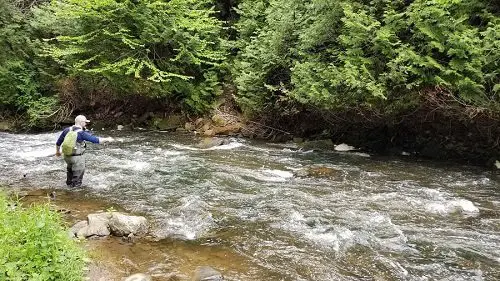
Long runs are good, and anywhere you can fish within the length of a cast is good.
Float fishing is not good in water less than 2.5 feet deep or spots less than 8 feet long.
Tight Lines
Graham

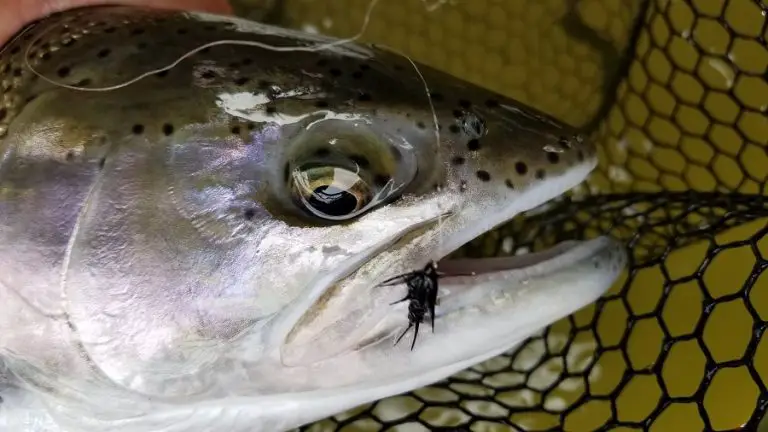
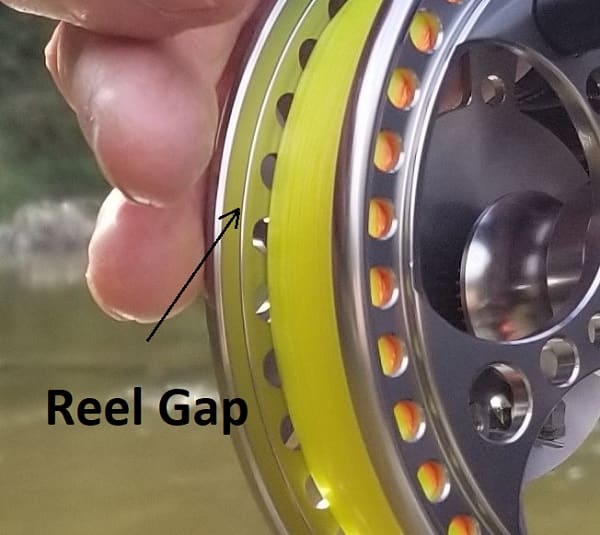
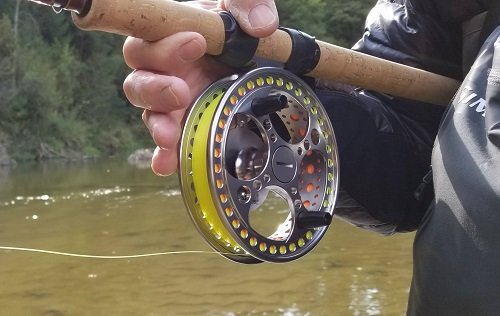
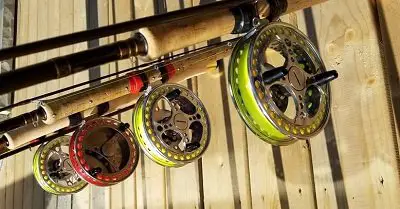
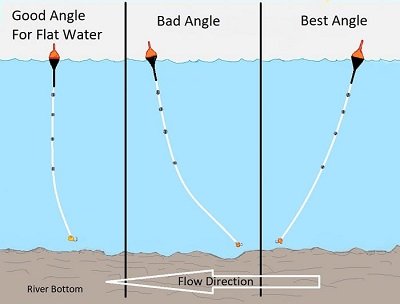
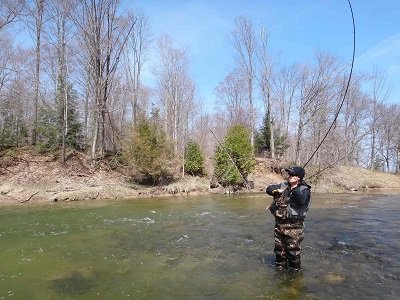
Great read!
I upgraded from a basic set up okuma aventa with a 3 piece 13’6″ rod to an islander reel with upgraded bearings(abec7) with a 2 piece 13′ raven im8 which is a great combo but I’m having casting issues. With my old aventa reel I can wallace cast with no issues but my new islander reel spins up so fast when trying to wallace cast I end up with slack line on my drum and after @ half hour casting turns into poor casting and distance. It happens when side casting as well but try to avoid to prevent line twist. Any suggestions? I’m pretty sure it’s with my casting technique. I’m using kastking premium high vis 10lb as my mainline.
Hi Bill,
Sounds like a great setup Bill. I have seen hundreds of islander reels in action and they are good reels. Your casting issue could be many things. It could be just a matter of getting used to the heavier spool on the Islander. That’s a heavier spool so once you get it spinning it’s not as easy to slow down as your Okuma reel. You may need to learn to pull slower or less hard, or you may need to feather the spool with your rod hand so it doesn’t overspin. I’ve never used Kastking lines on a Centerpin that I know of. If it’s happening with side casting as well then it could be your line is not suitable for a Centerpin, or it could be just how full your line is on the spool. It just took off 300 feet of line from a client’s Centerpin reel that was way too full and causing all kinds of problems, it worked better after that. It’s pretty hard for me to tell for sure what your issue is without seeing what you are doing. I say, keep practicing, and if that doesn’t work try a new line. Good luck..
Graham
There is a lot of good information in this article, I fish in Colorado for trout and our rivers Are not as wide as your waters. I have been fishing for several years fly ,spincast, and baitcast.I have been floating with spincast and just purchased a centerpin real. I purchased everything you gave a thumbs up on.
The question is I fish in on rivers that are 8-12 feet deep 30-40 wide. I see your rig set up for 3feet and under and up to 5 feet. . How would you set up the leader on 10-12 feet of depth, with swivel and weights distributed from the main line and float.. can you provide a picture of the leader and line set up like you have for the other two depths.
Thanks
Lloyd
Can you provide a
Hey Lloyd,
Good question. I discuss that and have 2 diagrams for deepwater leader setups on my page Float Fishing Leader Setups
Hope that helps
Graham
Hi,
I have carefully read your recommendations and find them very helpful. I am planning a trip to fish for trout in a North Carolina lake early this Fall. What would be your advice to help catch some trout? Thanks.
Sebastian
Hi Sebastian,
That really depends on the type of fishing that you wanted to do.
I would personally fly fish and I would change or adapt my presentation based on the conditions.
If you do not fly fish I would have a spinning rod outfit suitable for trout fishing and set it up for both float fishing for the bigger and deeper spots, and I would use Bottom Bouncing in pocket water and shallower runs. I may also consider using lures. I discuss all those methods on this website.
Good anglers and good guides are versatile, meaning they choose methods and baits based on the conditions and they will change as needed.
Good luck on your trip.
Graham
Hi Graham,
First off, great website. Your site has more information than any other I have come across and is the best.
I’ve been Steelhead fishing in a couple lake Erie tribs over the past two seasons with 13′ spinning reel, drift fishing with spawn sacks ( mainly ). My spots are usually 3-8′ deep. My question is this:
How important is the weight type or pattern in float fishing? I’ve been using a single weighted swivle, as I’ve helicoptered my line too many times with a split shot pattern. I also have a hard time finding the bottom or the river with a split shot pattern; hard to tell the difference between current and a real tick of the bottom. Any suggestions? Am I making some errors here?
Thanks
I’d say the splits you use and the split shot pattern you use is very important. I never get a “helicoptered” line, so i’m assuming it’s due to my leader setup.
I do not use the removable split shots with the wings as they can spin. I also do not use shinny silver split shots. I position my split shots in a way that provides the best presentation angle for my bait. Based on experience, I believe all of this matters to one degree or another.
I would recommend using my leader setup, which is a proven effective leader used by me, other guides, and thousands of other anglers.
I also suggest reading my article, How To Know How Deep To Set Your Float – 2 Easy Ways, which explains methods I use to find the bottom.
Good Luck,
Graham
Thanks for the article, very helpful and concise.
Great article, just went fishing recently and noticed that whenever my float approaches the salmon they always move out the way, any idea to fix this?
Hey Joseph,
I’ve seen this happen many times with salmon, steelhead, and trout. It happens more so in gin-clear water when the fish are holding, and/or when they are pressured. However, it can happen at any time.
Watching the salmon move from your setup is a clear indication they are seeing something they don’t like. They are not smart, but they are are instinctually cautious. Therefor, you need to figure out what is is that they don’t like about your setup.
In that scenario, this is what I would try, ( in fact, tip 1, 3, and 5, are things I always do to ensure my clients are hooking the maximum amount of fish possible.)
1. Use the absolute lightest leader and shot line possible. Too light and you will break off, too heavy and they will see it, something in between. I prefer to go lighter and walk with a running fish if needed.
2. Use a low profile Drennan float, the smallest possible. (float size depends on weights required to get into the strike zone.)
3. Use the least amount of weight as possible. And, be sure your weights are not silver and shiny
4. Use a different bait. Go smaller and go as natural as possible. Not big, not bright and not gaudy or intrusive. This is when a small nymph might work better than a spawn bag, or a single light pink or range bead is better than a golf ball chuck of skein.
5. Use a smaller hook. I personally think most anglers hooks are way to big. Go with a size 8 or 10 hook and fight them more gently.
6. If using high-viz line, increase the length of your shot line so the high-viz mainline is 3 to 6 feet off the water. Put your float on the shot-line or leader. ( this is the last thing I would try.)
7. Move to another spot! Salmon that are already moving out of the way are on high-alert and are spooked. Move to another spot and start fishing with the above tips completed.
8. If you move, make sure when you get to the new spot you are not heard or seen.
Thanks Graham.
By chance do you have a photo or photos of a completed rig float setup for 5-8ft depth? I know you have some graphics but would like to see a photo of one of your ideal float fishing setups with shot line.
Hi Ray,
There is a picture on my page 5 Most Effective Float Fishing Leader Setups and also some more diagrams. I use the same float leader setup for most water between 4 and 10 feet simply by sliding the float up the line. They key is learning to control the speed so the leader gets that nice forward angle.
Good luck
Graham
As someone who fished warm water species in southwestern Ontario with spinners, spoons etc for decades, I found float fishing for steelhead was a completely different technique and a daunting. Standing and looking at store displays of long rods, numerous floats, an array of tiny hooks etc and not having a clue where to start was a bit overwhelming.
So I offer a big thank you for sharing detailed information on line. There are plenty of other people doing on line videos that are good but not as helpful, lacking the exact details that you share.
And now armed with appropriate gear, knowledge you have shared and 3 years of trial and error, I am at the point where I am confident in my float presentation and am catching spring and fall steelhead routinely.
Again, a huge thank you…Larry
Hey Larry,
I’m glad you found this information to be helpful. Good luck this fall.
Graham